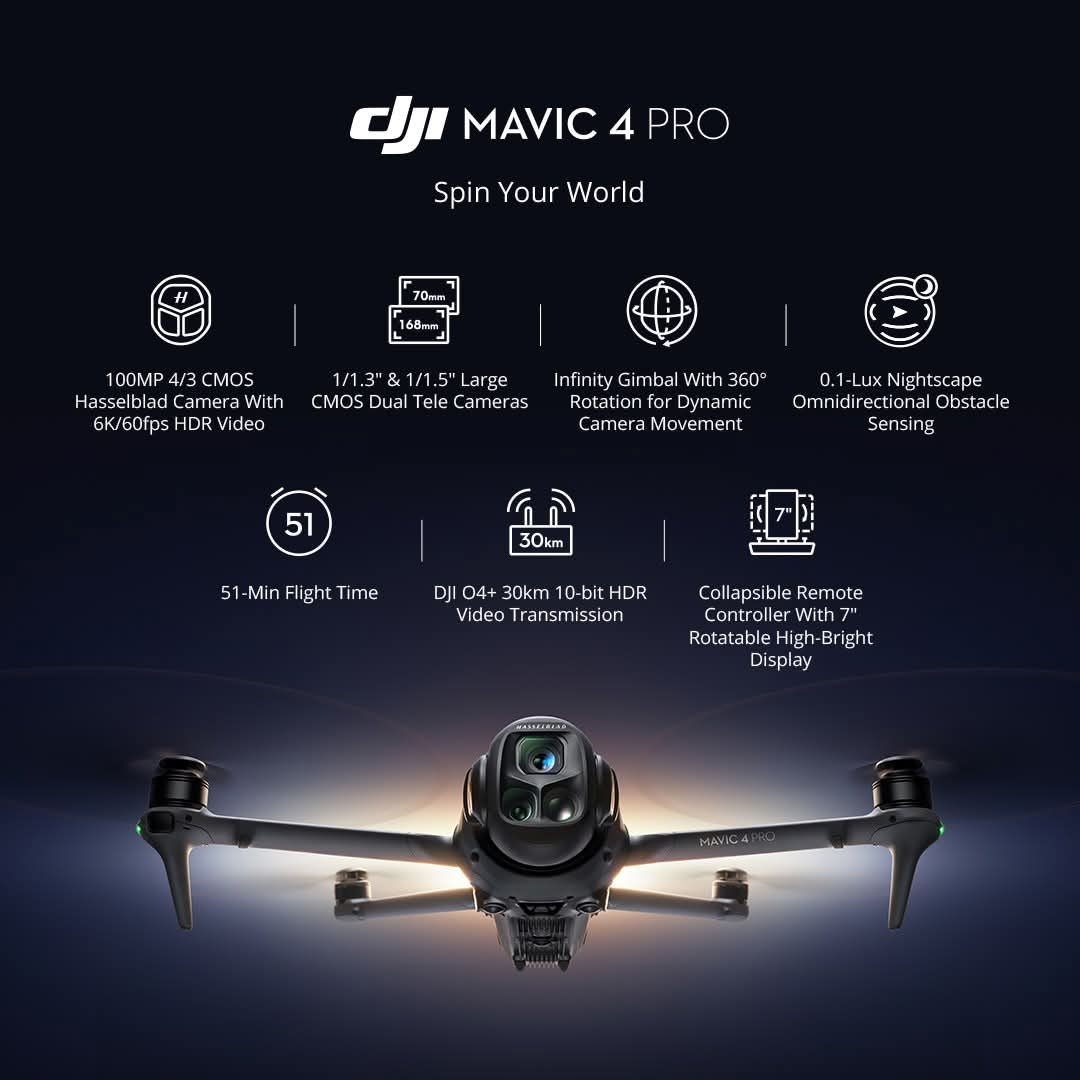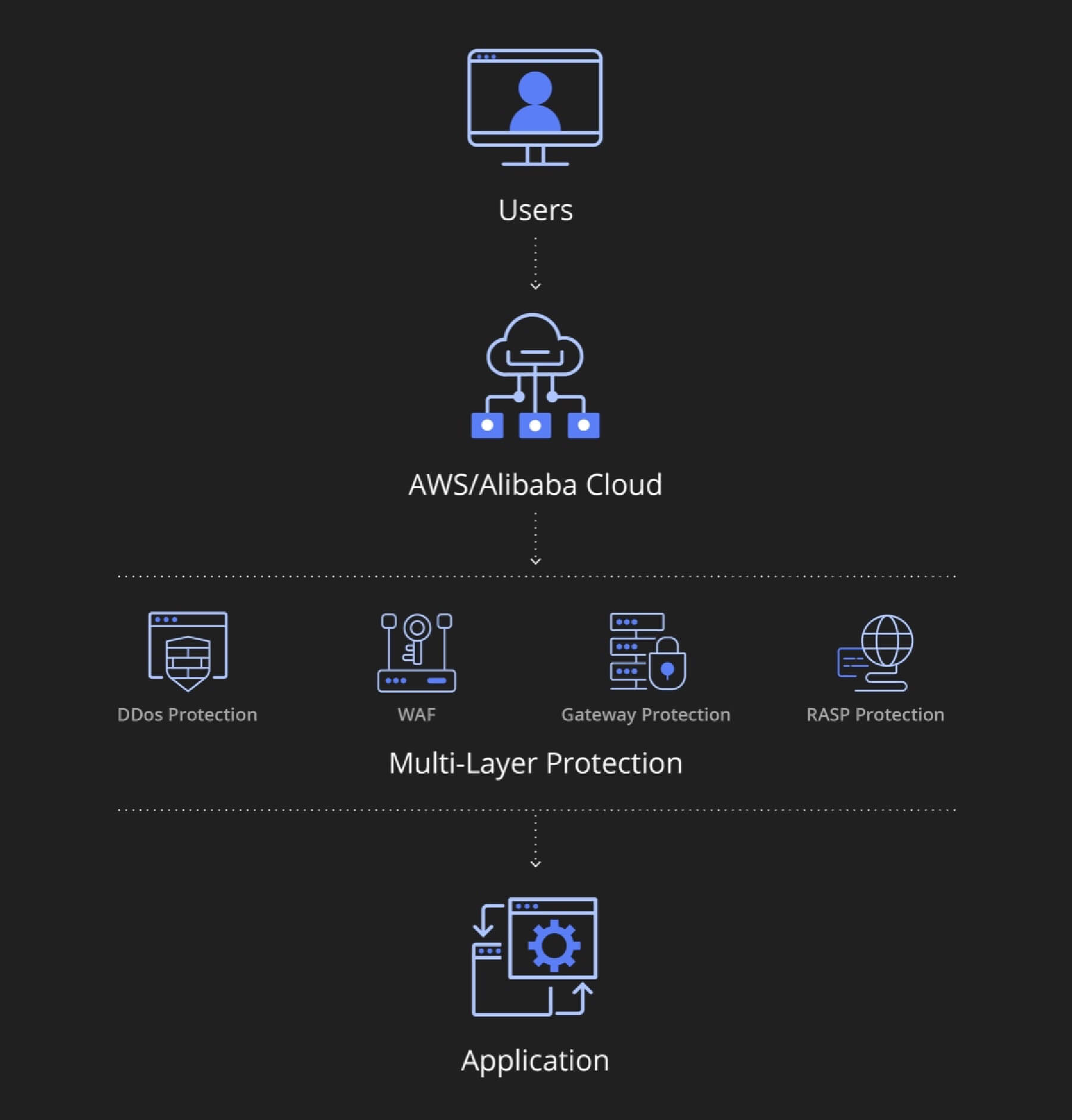Bocij, P., Greasley, A. and Hickie, S. (2019) Business Information Systems: Technology, Development and Management for the Modern Business. 6th edn. Harlow: Pearson Education.
Chaffey, D. (2019) E-Business and E-Commerce Management. 7th edn. Harlow: Pearson Education.
DJI Introducing DJI Mavic 4 Pro. [YouTube video] 13 May. Available at: https://youtu.be/BNEmDcQr6hk (Accessed: 25 July 2025).
DJI Official Website. Available at: https://www.dji.com (Accessed: 2 August 2025).
GDPR (2016) General Data Protection Regulation. Available at: https://gdpr-info.eu/ (Accessed: 2 August 2025).
Laudon, K.C. and Laudon, J.P. (2019) Management Information Systems: Managing the Digital Firm. 15th edn. Harlow: Pearson Education.
Megginson, L.C. (1963) ‘Lessons from Europe for American Business’, Southwestern Social Science Quarterly, 44(1), pp. 3–13.
MN4057QA Lecture Slides (2025) Digital Business Management and Emerging Technologies. University Lecture Notes.
Oluka, A. (2024) ‘The impact of digital platforms on traditional market structures’, Technology Audit and Production Reserves, 2(4(76)), pp. 21–29. Available at: https://www.researchgate.net/
publication/380721976_
The_impact_of_digital_
platforms_on_tradition
al_market_structures (Accessed: 28 July 2025).
Porter, M.E. (2008) ‘The Five Competitive Forces That Shape Strategy’, Harvard Business Review, January, pp. 78–93.
SimilarWeb (2024) DJI Website Performance. Available at: https://www.similarweb.com (Accessed: 28 July 2025).








